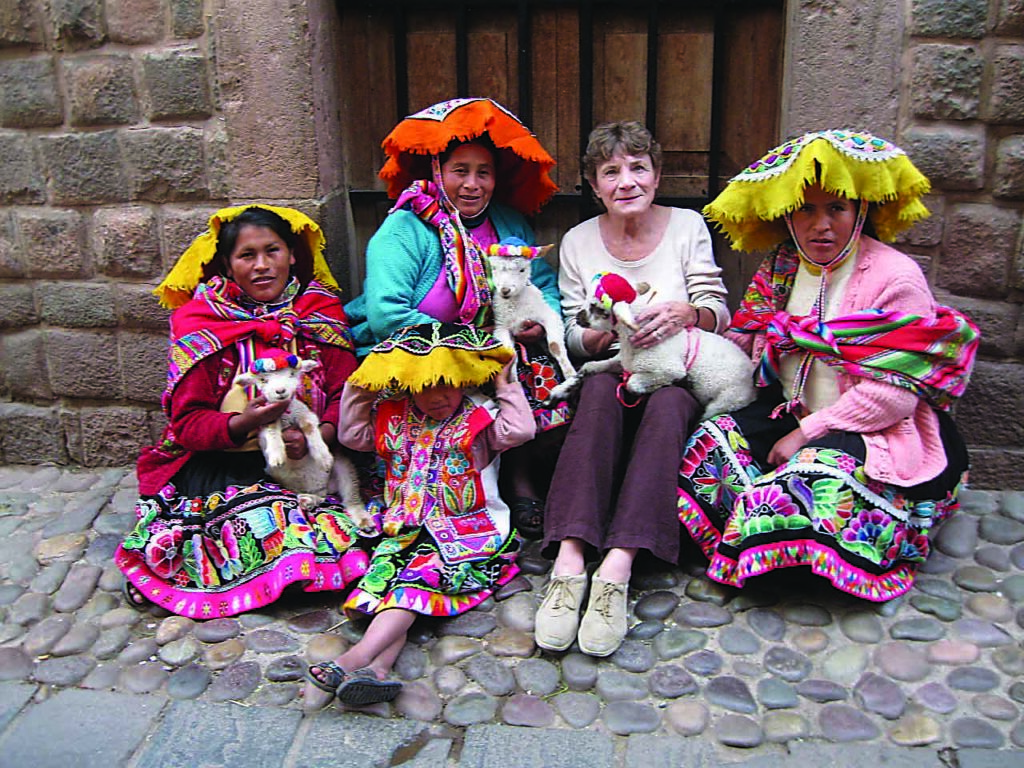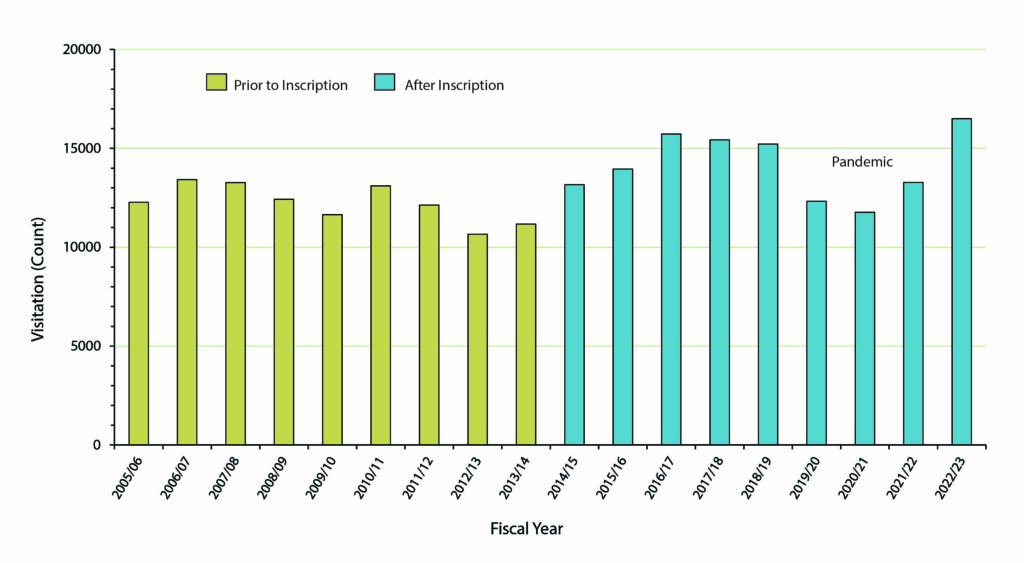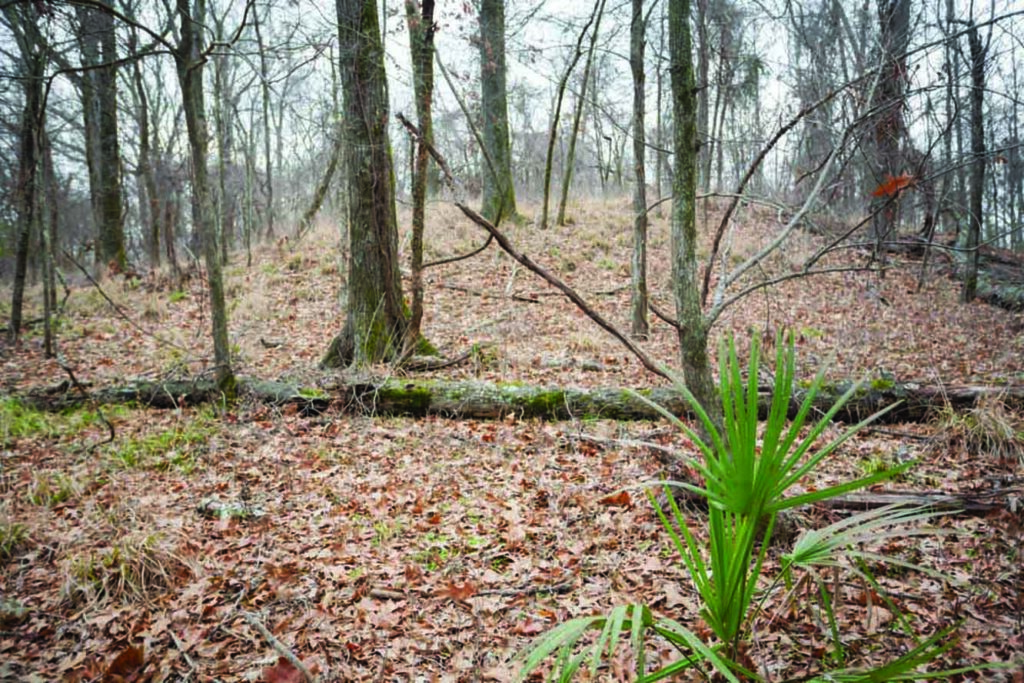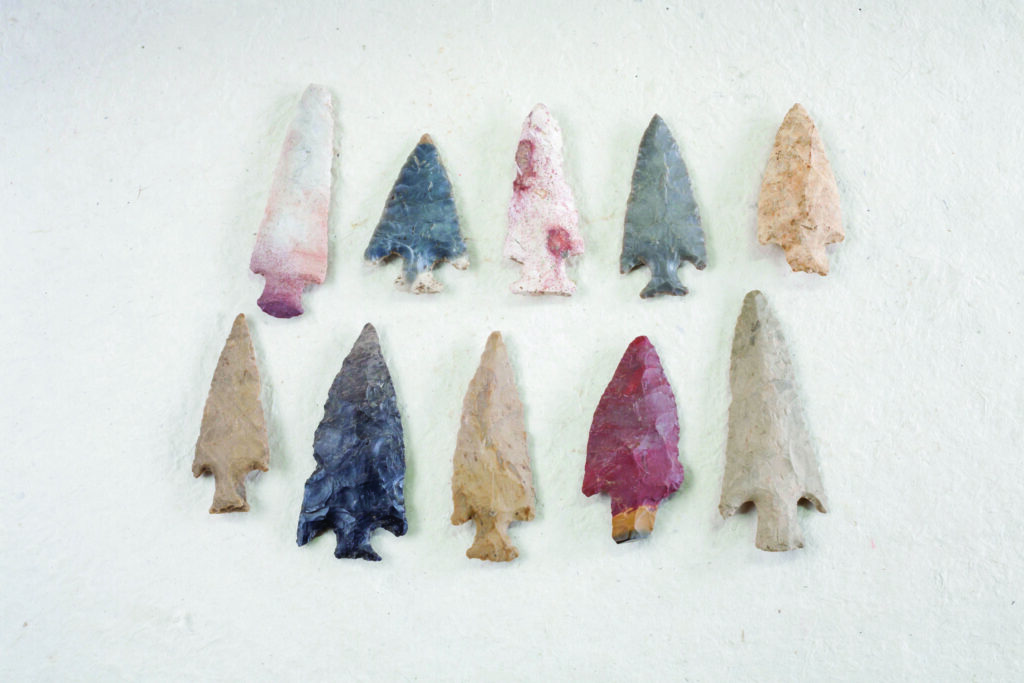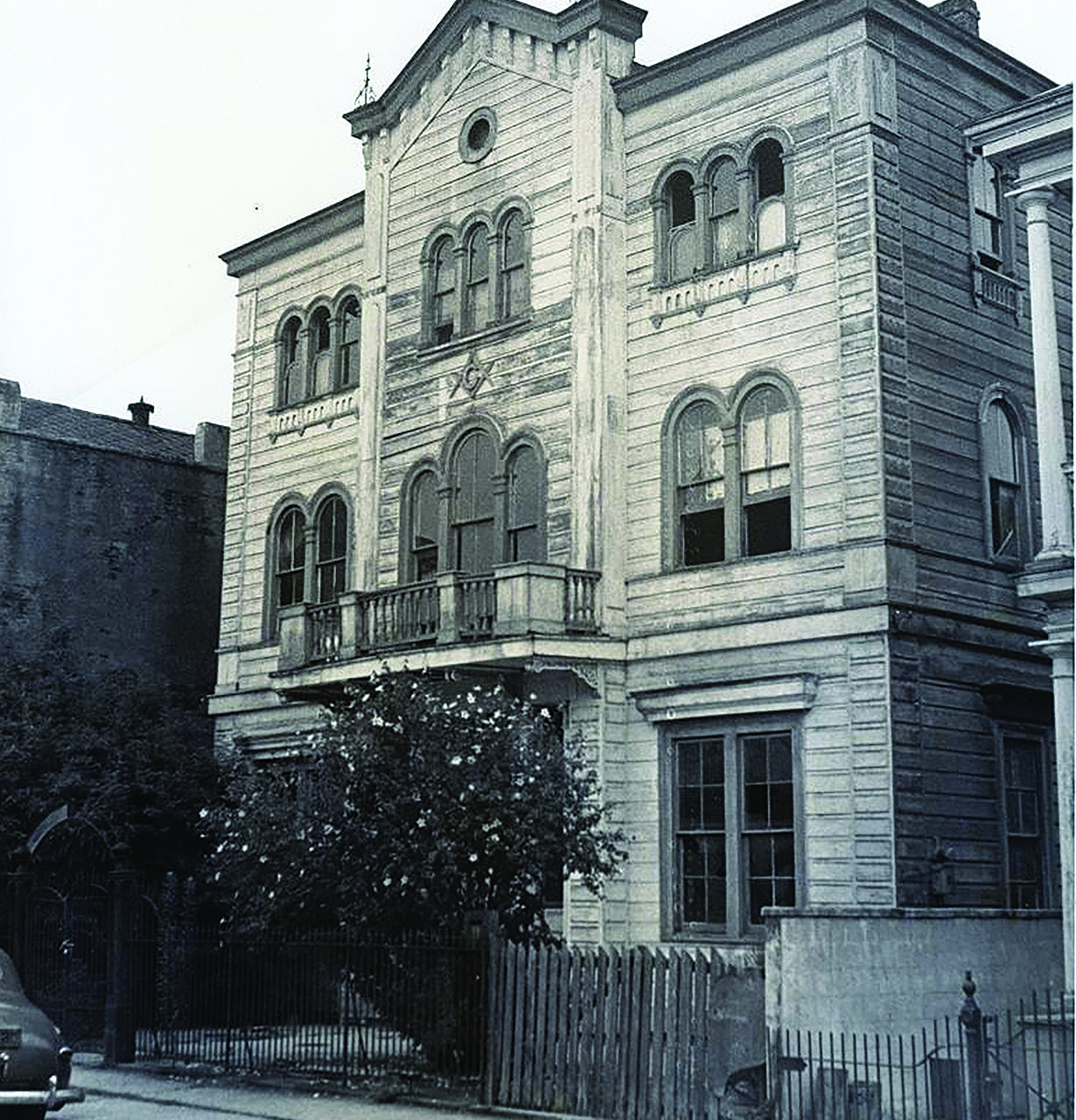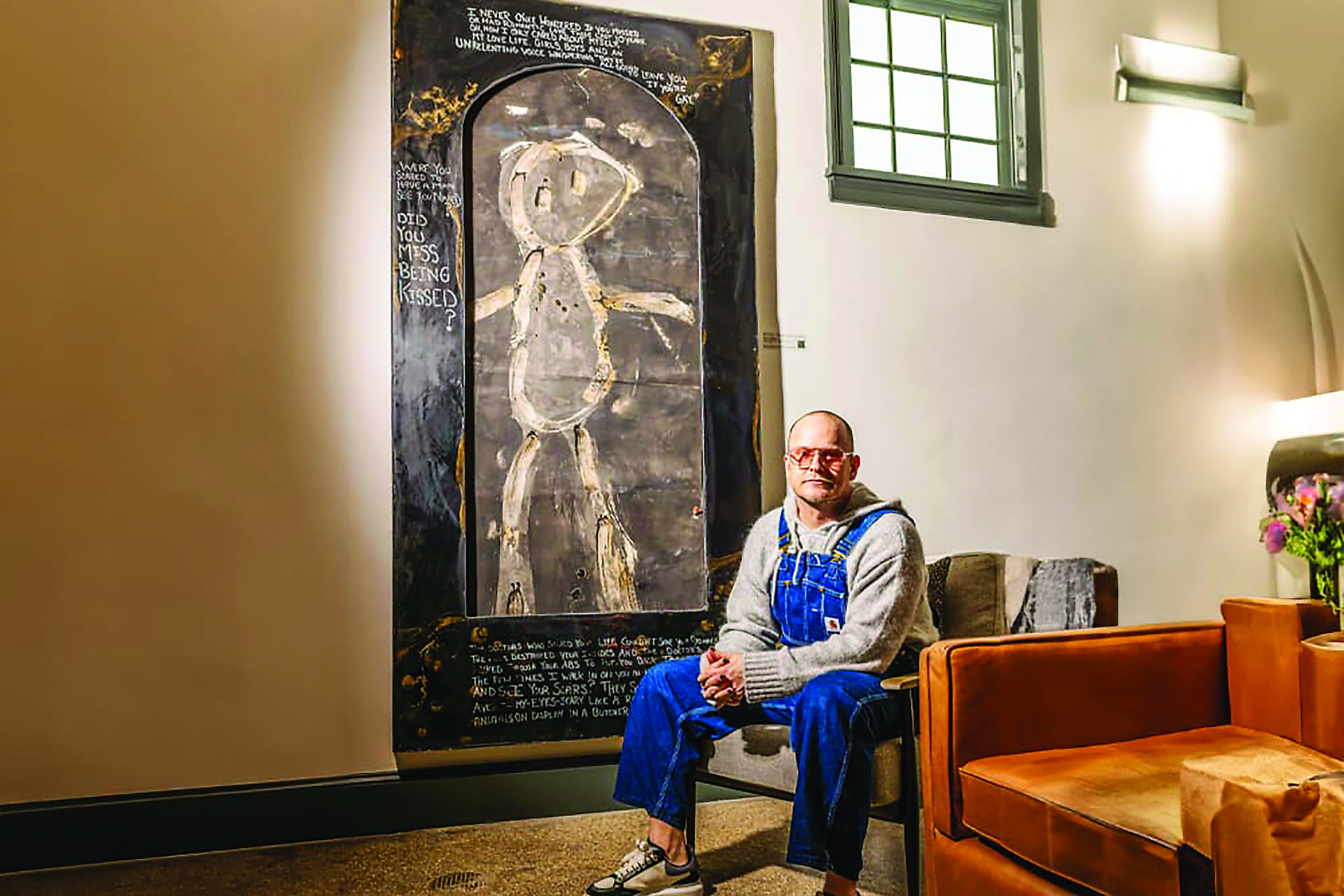Ten years ago, the Monumental Earthworks of Poverty Point, located in present-day West Carroll Parish, became a UNESCO World Heritage Site. The World Heritage Committee inscribed Poverty Point on the United Nations Educational, Scientific and Cultural Organization (UNESCO) World Heritage List on June 22, 2014.
Poverty Point was nominated as a place representing an exceptional culture that no longer exists. Three main characteristics formed the basis of the nomination:
- the large scale and unique design of the earthworks
- the tons of stone imported from a vast geographic area
- the recognition that this site was created and occupied by people who lived through hunting, fishing and gathering.
When we began the nomination process in 2006, there were no clear expectations of the impact that World Heritage status would have, if we were successful. Now, after 10 years, it seems appropriate to look back over the past years’ developments and to begin to chart our course for the next 10 years.
The Poverty Point archaeological site is an earthwork complex. Built by Native Americans some 3,400 years ago, it consists of five earthen mounds (a sixth mound was added later by people of a different culture), six C-shaped earthen ridges, and a 43-acre central plaza that contained rings of posts.
Poverty Point was the largest, most elaborate mound complex of its age north of Mexico and, surprising to many, it was built by people who were hunter-fisher-gatherers. The site is owned by the state of Louisiana and managed as a historic park by the Office of State Parks.
Increased visitation and public awareness
Although the Poverty Point World Heritage Site remains one of Louisiana’s best kept secrets, the total number of visitors over the nine years since inscription is more than 17,250 greater than the total for the nine years preceding inscription. This difference would certainly be greater were it not for the travel precautions and restrictions implemented during the Covid pandemic. About 68 percent of visitors come from within Louisiana; of the remainder, it is estimated that about 31 percent are from other states and 1 percent are from international locales.
School field trips and summer camps have always formed an important component of Poverty Point’s visitation. Now, a growing number of visitors arrive as one of the shore excursions offered by Viking River Cruises from Vicksburg, Miss. Rangers use a new electric tram to take visitors on a quiet, diesel-fume-free, guided tour of the park four times each day, Wednesday through Sunday. For those who wish to drive themselves or walk on the hiking trail, free printed guides are available.
To further public understanding of the site, a new augmented reality/virtual reality app provides additional information and a visually compelling reconstruction of the earthworks. The park staff is always game to teach visitors how to throw spears with an atlatl, and the rangers offer a variety of interpretive programs, with one scheduled almost every weekend.
Reflecting greater public awareness and interest, Poverty Point World Heritage Site, since inscription, has been featured in more podcasts and videos, including Louisiana Public Broadcasting’s Why Louisiana Ain’t Mississippi or Any Place Else. For those who enjoy street fairs, the nearby town of Oak Grove has recently begun hosting an annual Poverty Point World Heritage Festival.
Bird’s eye view of Poverty Point, circa 1250 BC. Painting by Martin Pate
Number of visitors to Poverty Point World Heritage Site for nine years before and after inscription. The count for the fiscal year 2023/24 is not yet available, but it is anticipated that at least 17,000 people will have visited this year. Data provided by Mark Brink and Latoya Wells, Louisiana Office of State Parks
Mound F. Photograph by Jenny Ellerbe
Projectile points made of chert from a variety of geologic sources. Note the different colors and textures exhibited in these artifacts. Photograph by Jenny Ellerbe
Poverty Point research
Some people assumed that archaeological research at Poverty Point would come to an end because of its status as a World Heritage Site, but that has not been the case. Certainly, the goal is to learn as much as possible while disturbing as little of the site as possible, to preserve the archaeological deposits for future research.
Accordingly, archaeologists try to glean what they can from existing collections and field records, and they sometimes revisit old excavations to study the undisturbed edges of those excavations, often using technologies that were not available to the original investigators. Archaeologists also use geophysical survey instruments to create subsurface maps so that subsequent excavations or soil cores can target specific features of interest. Based on the number of projects, presentations at conferences, and publications in recent years, research at Poverty Point is thriving.
Since inscription, a previously unknown earthen mound, Mound F, was identified and investigated. Efforts to determine the age of that mound and other earthworks at the park have yielded a better understanding of how the site developed over time. Through a combination of geophysical survey, excavation, soil cores, and different kinds of soil analyses, the surprisingly complex nature of the constructed plaza and ridge system is being revealed.
Archaeologists are applying new analytic techniques to some of the materials, like galena (lead ore), copper, steatite (soapstone), chert (a type of rock), pottery, and fired-earth Poverty Point Objects (also known as cooking balls), to better locate their original sources. For example, steatite bowls were transported to Poverty Point from quarries in northwestern Georgia and northeastern Alabama. Much of the chert, which was used to make tools like projectile points and knives, came from various sources across the Mid-South region of the United States. Such data can be used to study how those materials were distributed across the site, as well as how resource acquisition or exchange networks may have changed over time.
Another field project seeks to understand how the broader landscape around the site was used by the people of Poverty Point and other cultures. With permission of neighboring landowners, archaeologists have started to survey the fields and woods, looking for artifacts that indicate the kinds of activities that were taking place there.
Other archaeologists are taking an even wider view, examining sites in the Lower Mississippi Valley and elsewhere that have artifacts like those found at Poverty Point. These studies help clarify how the Poverty Point culture was manifest at those locations and whether similar artifacts came from Poverty Point or were made at the other sites. For example, most Poverty Point Objects found at other sites appear to have been made from the local soil, but there is evidence that some were exchanged between sites.
On the national stage
Each nomination follows its own path, but we have been happy to share our experience with people interested in pursuing World Heritage status for other properties. Since Poverty Point’s inscription as the 22nd World Heritage Site in the United States, there have been three new additions to the U.S. list: the San Antonio Missions in Texas, the 20th century architecture of Frank Lloyd Wright in Arizona, California, Illinois, New York, Pennsylvania and Wisconsin, and the Hopewell Ceremonial Earthworks in Ohio. The U.S. Department of the Interior also has recently authorized personnel associated with the Okefenokee National Wildlife Refuge in Georgia to begin preparing a nomination.
Future plans
Archaeological research at Poverty Point will continue, for the most part, in a slow and deliberate manner. Many of the questions archaeologists seek to answer must be painstakingly teased out from the artifacts and features that have been left behind. As we learn more about this amazing site and the remarkable people who built and occupied it, our understanding will change, and new insights will be incorporated into public interpretive programs and exhibits.
A federal grant allowed the state to purchase nearly 70 acres adjacent to the south end of Poverty Point World Heritage Site. This land is the proposed location of a new, state-of-the-art interpretive center for the park. A thorough archaeological survey of the property must be conducted before a master plan for the site can be developed. It is important to know if there are archaeological deposits, and where they are located, before planning begins, so that accidental damage can be reduced or avoided altogether. For more information about the Poverty Point World Heritage Site, visit www.povertypoint.us.
Honoring a preservation leader
The Louisiana Division of Historic Preservation remembers Anne Grimmer, who recently passed away. During her more than 40-year career at the National Park Service, Grimmer not only wrote much of the historic preservation guidance that is consulted daily by professionals across the country, but she also served as the longtime NPS reviewer for federal tax credit projects in Louisiana.
Grimmer had a lasting impact on the field of historic preservation. She began her career in 1969 with stints at the National Trust for Historic Preservation and the Advisory Council on Historic Preservation, followed by her distinguished tenure as an architectural historian with the National Park Service from 1976 until her retirement in 2020. She authored and co-authored numerous Preservation Briefs, guidance on the Secretary of the Interior Standards for Rehabilitation and articles on preservation issues, and she served as a mentor to many of the professionals who worked with her.
Grimmer’s dedication to Louisiana went far beyond professional duty. Although she worked in Washington D.C., she loved New Orleans so much that for years she made a second home in the city. Her expertise went beyond historic architecture, as she always knew the best new restaurants and must-see cultural spots. Her passion for architecture and culture was contagious and will be missed. The Tax Incentive staff and DHP will forever be indebted to Grimmer’s intellect, expertise and guidance in our mission to better preserve our state’s built cultural heritage.
Grimmer’s memory will be carried on not only in the hundreds of projects on which she worked, but also in the hearts and minds of our staff and the countless individuals across Louisiana who had the honor of knowing and working with this preservation icon.
